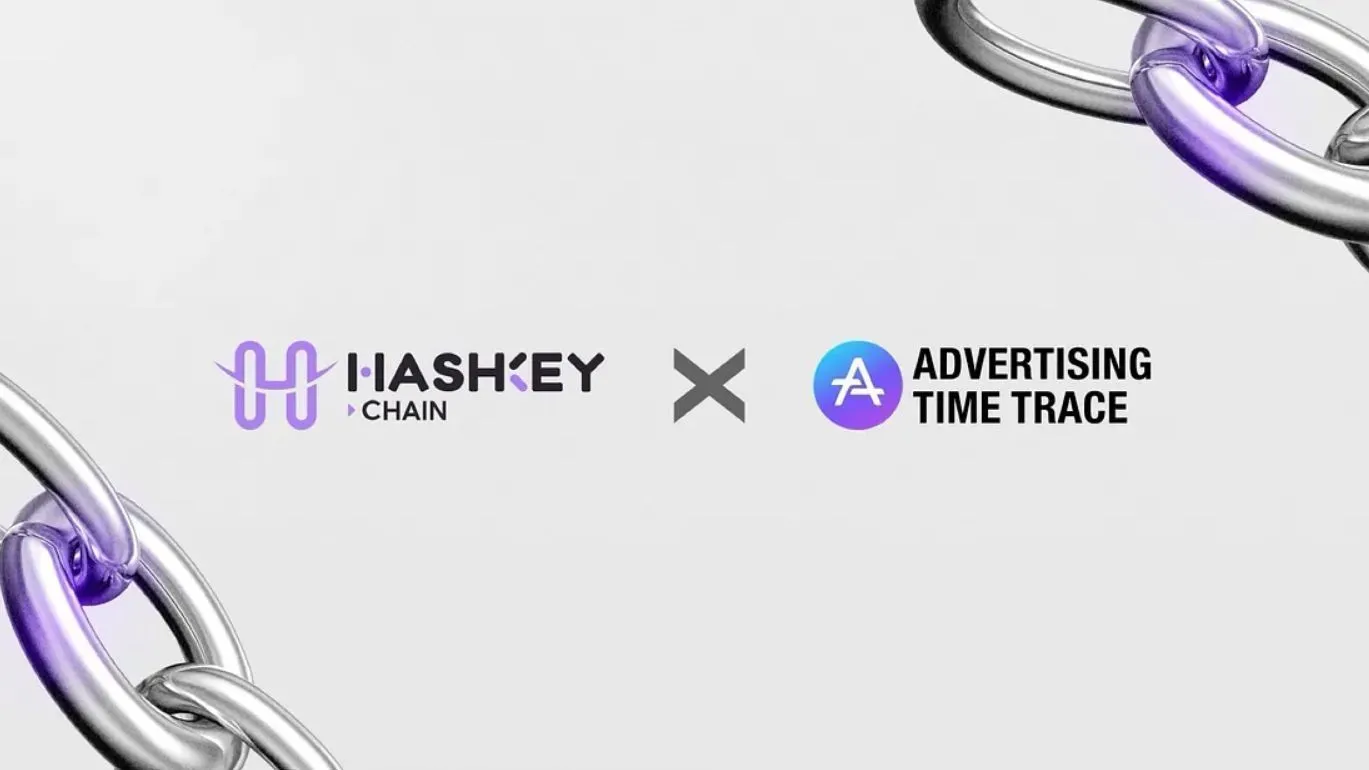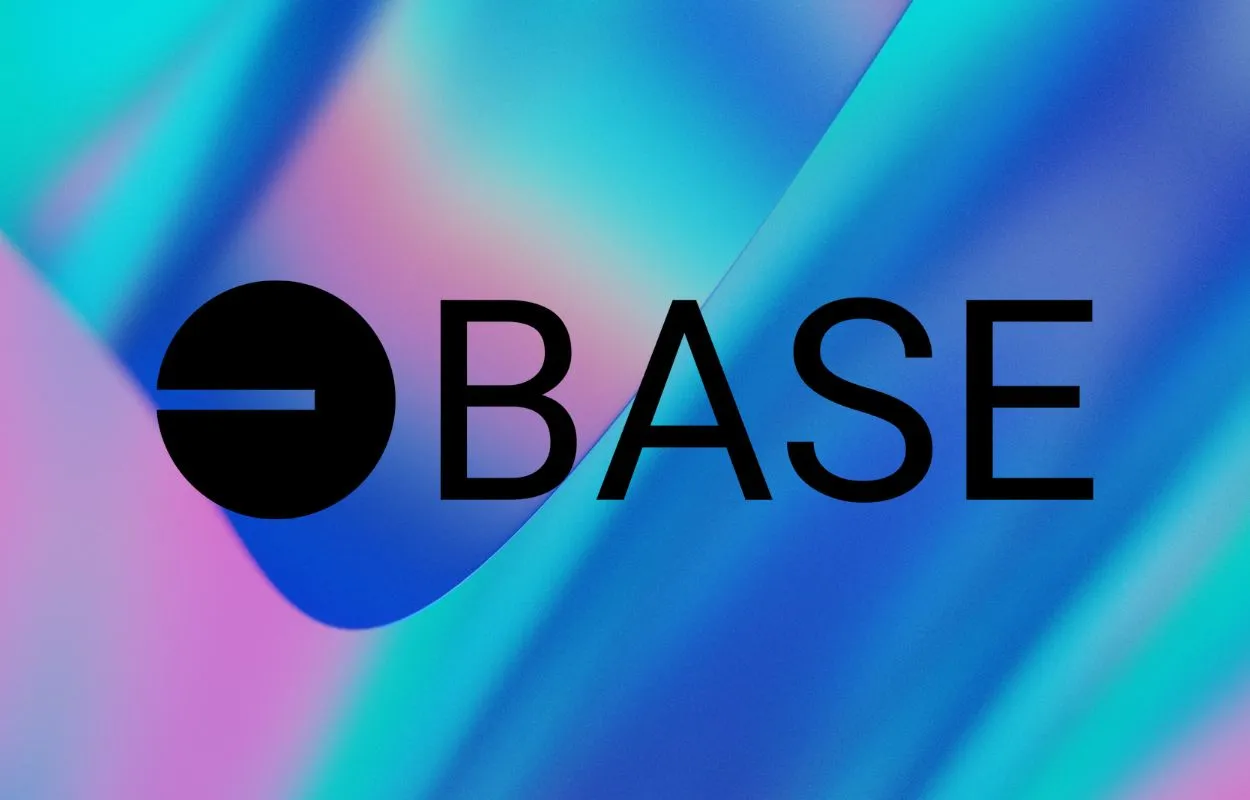Article Author: Crypto Unfiltered
Article Translation: Block unicorn
Introduction
On October 21, the Federal Reserve held its first Payment Innovation Conference in Washington. The conference lasted a full day, bringing together central bank governors, large asset management firms, major banks, payment companies, and key crypto infrastructure teams. The agenda covered stablecoins, tokenized assets, DeFi, artificial intelligence in the payment sector, and how to connect traditional ledgers to blockchain. The message conveyed at the venue was simple: crypto technology has now become part of the discussion in the payment sector.
Why This Time is Different
For years, the U.S. attitude towards cryptocurrencies has sounded like a sequence of regulation followed by dialogue. This time, a Federal Reserve governor stated at the opening of the conference that the goal is to embrace disruptive technology in the payment sector and learn from the experiences of DeFi and cryptocurrencies. This shift in tone is significant. It tells investors that the question has moved from whether this technology is applicable to how to integrate it safely into the core system.
The Concept of "Streamlined" Accounts
The most concrete news is that the Federal Reserve is developing a payment account with limited access (commonly referred to as a "streamlined account"). It can be seen as a simplified version of a main account, allowing certain legally compliant non-bank institutions to access Federal Reserve payment services directly under strict regulation. This includes limits, no interest, no credit lines, and strict reporting requirements. Currently, many stablecoin issuers and cryptocurrency companies rely on commercial banks for settlement and key services. If a limited access Federal Reserve account becomes a reality, it could reduce single points of failure. This is not a free pass, nor will it happen overnight, but it is a clear direction of development.
Recommendations from the Crypto Industry to the Federal Reserve
To achieve true institutional scale, three challenges need to be addressed. First, making traditional systems compatible with blockchain for auditing and compliance checks. Second, standardizing the proofs and metadata carried by transactions to meet the needs of regulators and counterparties. Third, creating a "regulated DeFi" variant where smart contracts automatically execute compliance, identity verification, and cross-chain control by default. None of these are fanciful. They are precisely what large capital pools need.
Why Stablecoins are at the Core
Stablecoins have already become one of the largest practical uses of cryptocurrencies. Its biggest operational risk is the reliance on key channels from partner banks. Direct, limited access from the Federal Reserve will set higher thresholds for reserves, reporting, and settlement, and reduce the likelihood of disruptions or de-banking events. This does not eliminate risk, but it does transform the system into a standardized, regulated system that institutions can understand.
Tokenized Assets Enter the Agenda
When the world's largest asset management firms, multinational banks, and crypto data providers gather with the Federal Reserve to discuss tokenized funds, tokenized cash, and on-chain settlement, what you see is a roadmap. Tokenization is not a gimmick. It is a way to accelerate the circulation of traditional assets, featuring instant settlement, 24-hour markets, and programmatic compliance. The longstanding obstacles have been standards, identity verification, and secure access to payment systems. All three are top priorities.
Market Impact
Price volatility around such events is significant. Bitcoin may drop several percentage points in a day, while Ethereum and Solana may also experience sharp declines or surges due to headlines, only to reverse. Structural signals are stronger. The U.S. central bank is currently publicly discussing how to connect cryptocurrency channels with the core of payments. When policy clarity increases, capital flows often first concentrate on assets most suitable for institutional investors. Bitcoin remains the entry point for macroeconomics. Ethereum is at the core of stablecoins and tokenization. Solana continues to excel in speed and consumer applications. Chainlink positions itself as the data and compliance bridge connecting blockchain and institutions.
None of this guarantees a straight price increase. But it does determine where new authorizations can be allocated when legal and operational mechanisms change. This often means first Bitcoin, then Ethereum, followed by a basket of large-cap assets with clear use cases. After that, if liquidity is strong and risk appetite rebounds, small-cap assets will begin to rise. The same cyclical rhythm, different driving factors.
Recent Catalysts
Stablecoin rulebook, standardizing reserves and real-time reporting.
More tokenized cash products, government bonds, with built-in on-chain identity.
DeFi versions hardcoding counterparty checks, asset eligibility, and restrictions, allowing institutions to participate without changing their authorizations.
Stories at the intersection of artificial intelligence and cryptocurrency featuring real economic design, not just branding, especially in the context of tightening emissions.
How to Position
Keep your plan simple and aligned with your investment horizon. If investing, focus on assets that institutions can actually purchase. For most, the core is Bitcoin and Ethereum, with moderate allocation to Solana, and reserving a small amount for cross-chain bridging data and compliance infrastructure. If trading, assume volatility based on market dynamics, use isolation risk strategies, and set your stop-loss points in advance.
Final Conclusion
The Federal Reserve has convened crypto companies, banks, asset management firms, and large tech companies to jointly plan a shared payment system and proposed a concrete path for direct, limited access to the Federal Reserve payment system. Prices will fluctuate. This indicates that the U.S. payment system is preparing to integrate the assets and infrastructure you are already trading. Stay patient, assess risks, and focus on those assets that institutions can truly hold when the payment gates open further.
免责声明:本文章仅代表作者个人观点,不代表本平台的立场和观点。本文章仅供信息分享,不构成对任何人的任何投资建议。用户与作者之间的任何争议,与本平台无关。如网页中刊载的文章或图片涉及侵权,请提供相关的权利证明和身份证明发送邮件到support@aicoin.com,本平台相关工作人员将会进行核查。




